Hawkins Bay Laminate Flooring vs. Engineered Hardwood: A Side-by-Side
When it comes to choosing the right flooring for your home, you’ve got a lot of great options and a lot of noise to sort through. Two of the most common choices we see homeowners considering are laminate flooring and engineered hardwood. Both can look fantastic. Both can last a long time. But they perform differently, install differently, and, maybe most important to many homeowners, they come with very different price tags.
We carry multiple lines of laminate here at Greenlee, but today I want to highlight Hawkins Bay, a product line we’ve added to our showroom for good reason: it’s durable, cost-effective, and built for real life.
Let’s break it down.
Cost Comparison: Laminate Is the Clear Winner
Let’s just start with the big one—cost. Engineered hardwood simply costs more, both in materials and in installation. If you’re on a tighter budget or need to cover a large space without compromising durability, laminate is going to stretch your dollar a lot farther.
That said, price isn’t everything. It depends on what your goals are. If you're after a natural wood floor with unique, one-of-a-kind boards, engineered hardwood may be worth the investment. But if you're looking for a more budget-friendly material that still looks great and holds up well, laminate has come a long way.
Installation: Floating vs. Glued Down
There’s also a big difference in how these floors go in. Here at Greenlee, we prefer to install engineered wood as a floating floor, especially over concrete. It gives the wood room to breathe and reduces the risk of delamination between the finish species and the plywood subcore.
Some folks still glue it down, but in our experience, gluing engineered wood to concrete creates a lot more stress on the material. I’ve seen more delamination issues with glued-down installs than with floating ones.
Laminate, on the other hand, was made to float. Most laminate products, including Hawkins Bay, feature a click-and-lock system. There's no glue involved, and the boards just snap together. It's faster to install, and you can put a lot down in a single day.
Durability and Moisture Resistance: Laminate Has Come a Long Way
I’ll be honest, I used to think laminate might go the way of the dinosaur once vinyl plank hit the scene. And for a while, it looked like that might happen. But Hawkins Bay and other newer laminates have totally changed the game.
Laminate is still a wood-based product, but it's no longer the sawdust-and-glue mix it used to be. Hawkins Bay uses an oil-based bonding agent and applies high heat and compression to create a core that’s much more resistant to moisture than older versions.
Now, that doesn’t mean you can flood your kitchen and forget about it. You still have to pay attention to moisture, especially from underneath the floor. But the top surface of today’s laminate is extremely durable, in some cases, more durable than engineered hardwood or even vinyl plank.
Comparing Core Stability: Laminate vs. Vinyl Plank
I’m going to veer off course for a second here because this is something we see a lot in the field. Many folks ask us about vinyl plank floors, and while they can look nice, they come with their own set of issues—especially when the subfloor isn't perfectly flat.
Vinyl planks are thin, and the locking mechanisms are small. If there’s any deflection or unevenness in your subfloor, those planks will come apart, and we end up going back to glue them together just to hold them in place.
Laminate, on the other hand, tends to be thicker and has a more robust locking system. It’s more forgiving on slightly uneven floors and holds together better over time.
Aesthetics: Uniqueness vs. Consistency
Here’s where engineered hardwood really shines—no two boards are exactly the same. The grain, the knots, even how the tree grew in wet or dry years... all of that shows up in the finished product. It’s what makes wood floors feel warm and alive.
Laminate is a manufactured product, so yes—you’re going to see some pattern repeats. But that’s not always a bad thing. In a big open space, consistency can actually be a good thing, especially when you’re trying to match colors or textures across a room.
Here’s a quick rundown of how they compare:
- Engineered Hardwood
- Higher cost
- Real wood surface
- Unique grain in every board
- Susceptible to dents and scratches
- Can be refinished (depending on thickness)
- Laminate (Hawkins Bay)
- Lower cost
- Manufactured appearance with consistent patterns
- Extremely durable surface
- Moisture-resistant core
- Click-and-lock installation
What We're Seeing in the Field
Over the past few years, we’ve seen a steady shift back toward laminate especially the newer, high-performance options like Hawkins Bay. Many flooring professionals we talk to are choosing laminate over vinyl plank because of fewer callbacks, fewer failures, and better long-term performance.
The advances in core technology and surface durability have really earned laminate its place back in the conversation. And for homeowners who want something durable, attractive, and budget-friendly, it’s becoming an easy choice.
Choose What Makes You Feel Good
The right floor isn’t just about price or performance, it’s about how it fits into your life. If you’ve got kids and dogs and don’t want to worry about every little scuff, Hawkins Bay laminate might be the perfect fit. If you love the feel of natural wood and want something truly one-of-a-kind, engineered hardwood is hard to beat.
Whatever you’re leaning toward, come walk the showroom. We’ll show you the differences side-by-side, answer your questions, and help you figure out what makes you feel good when you walk through the door.
Designing Surfaces For Your Life
Come see us.
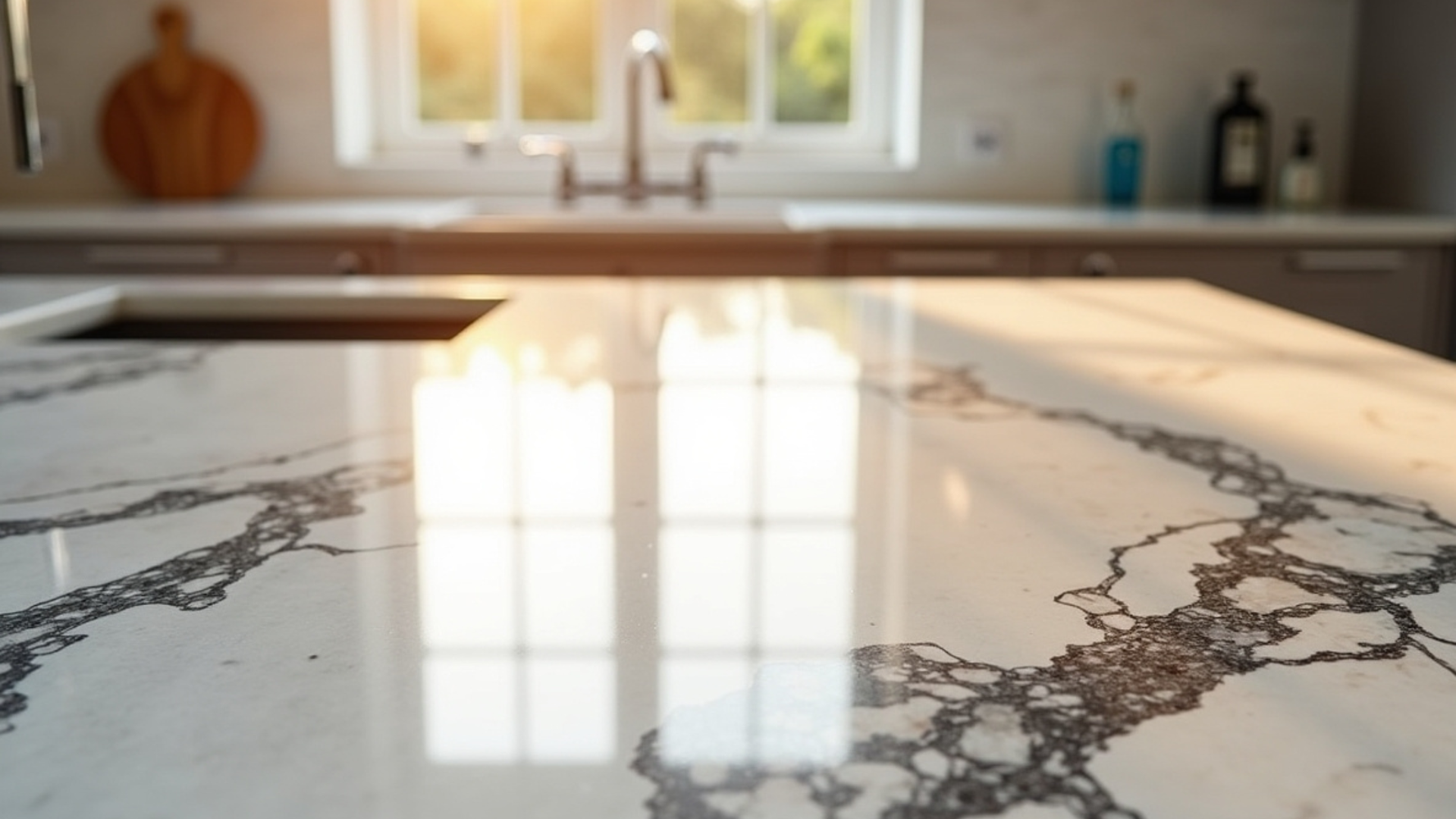
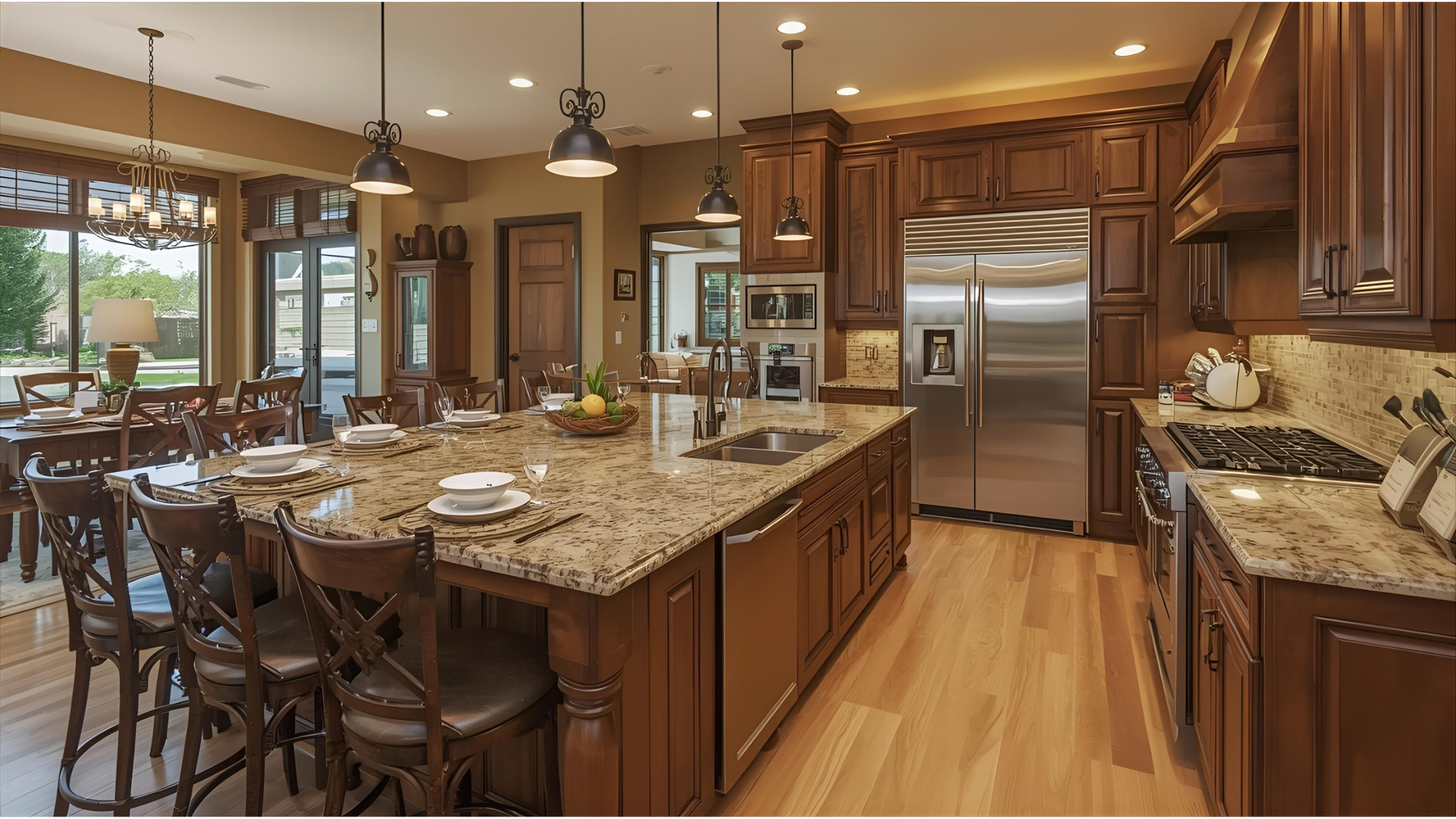
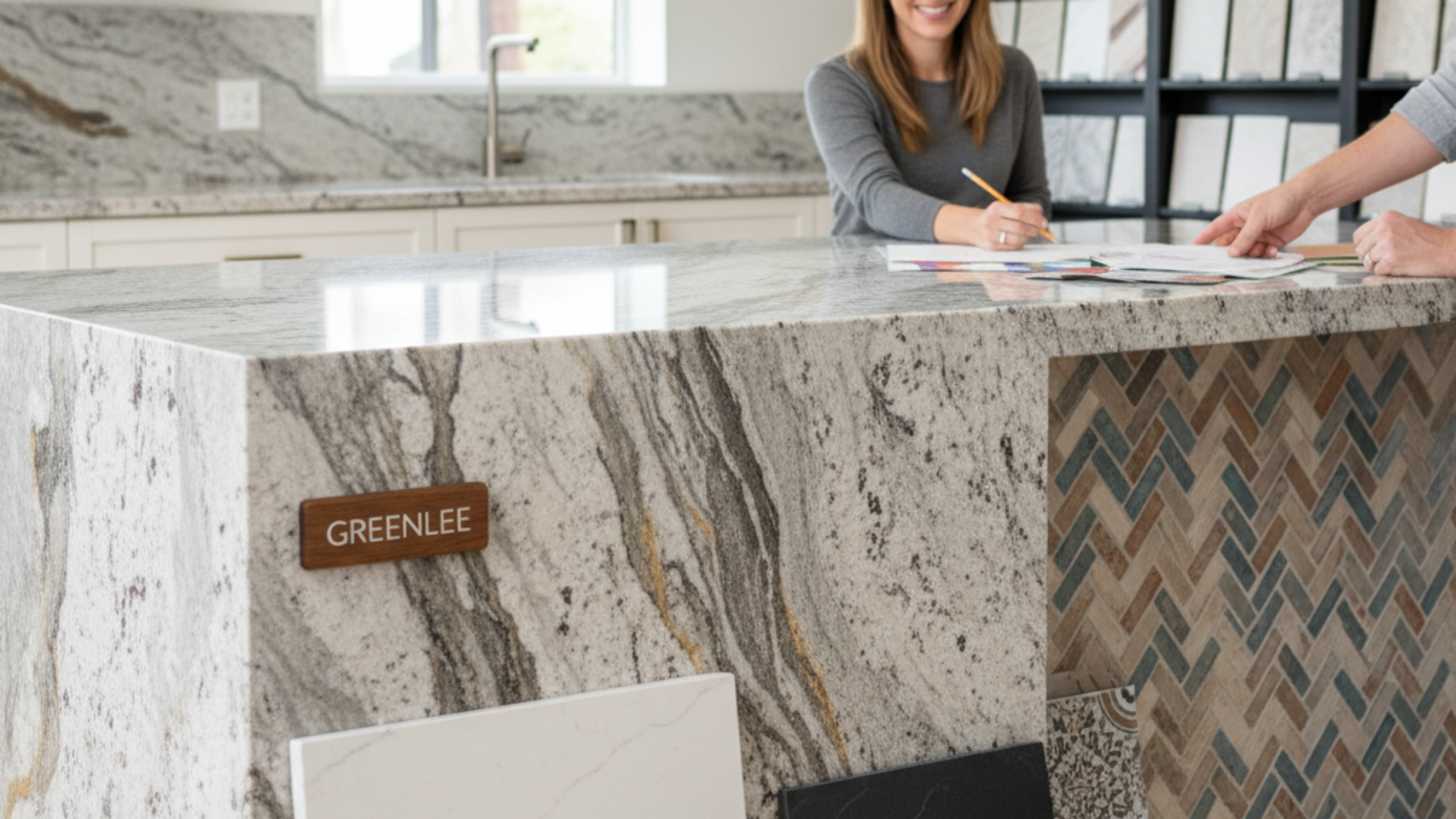

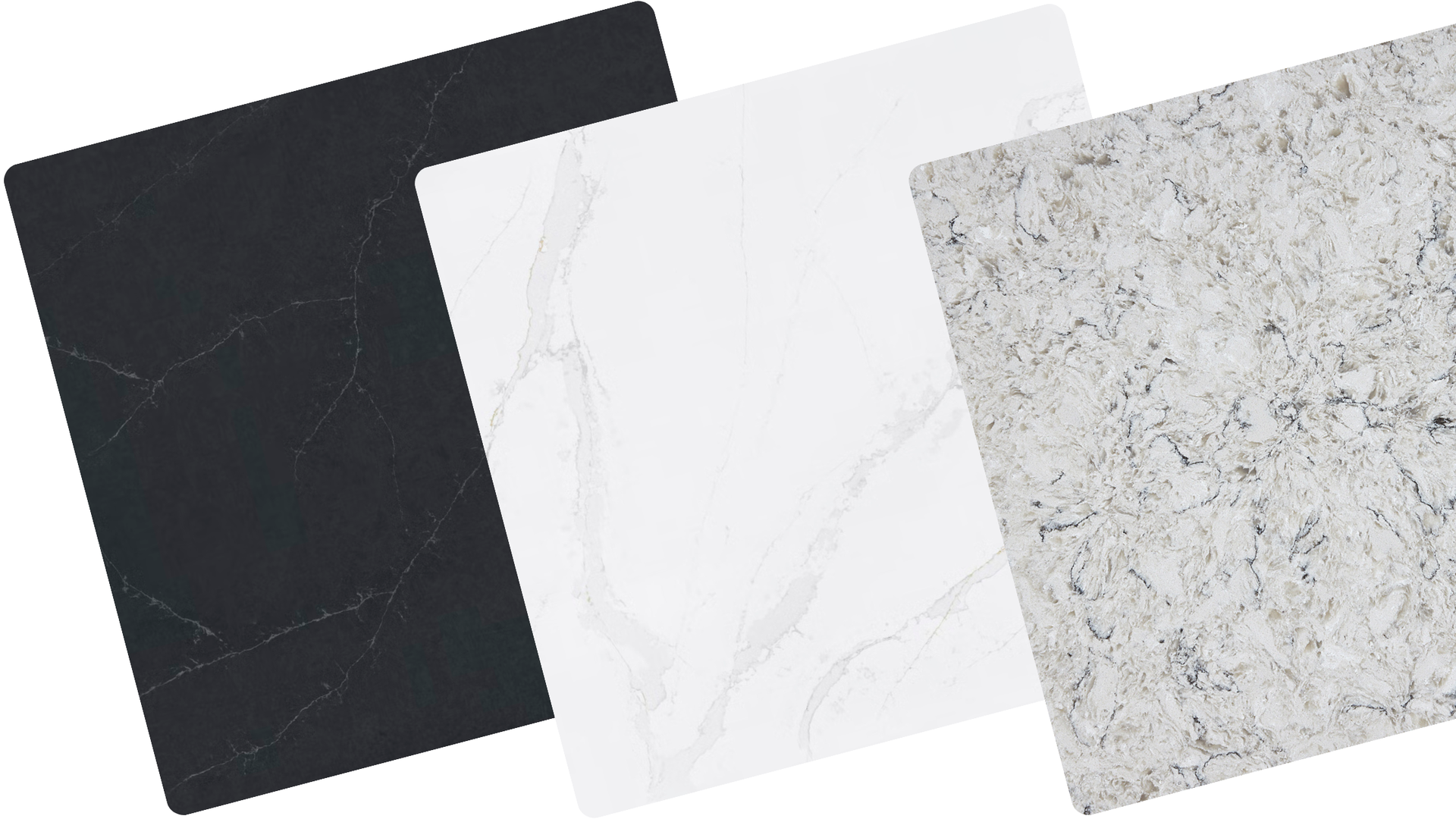
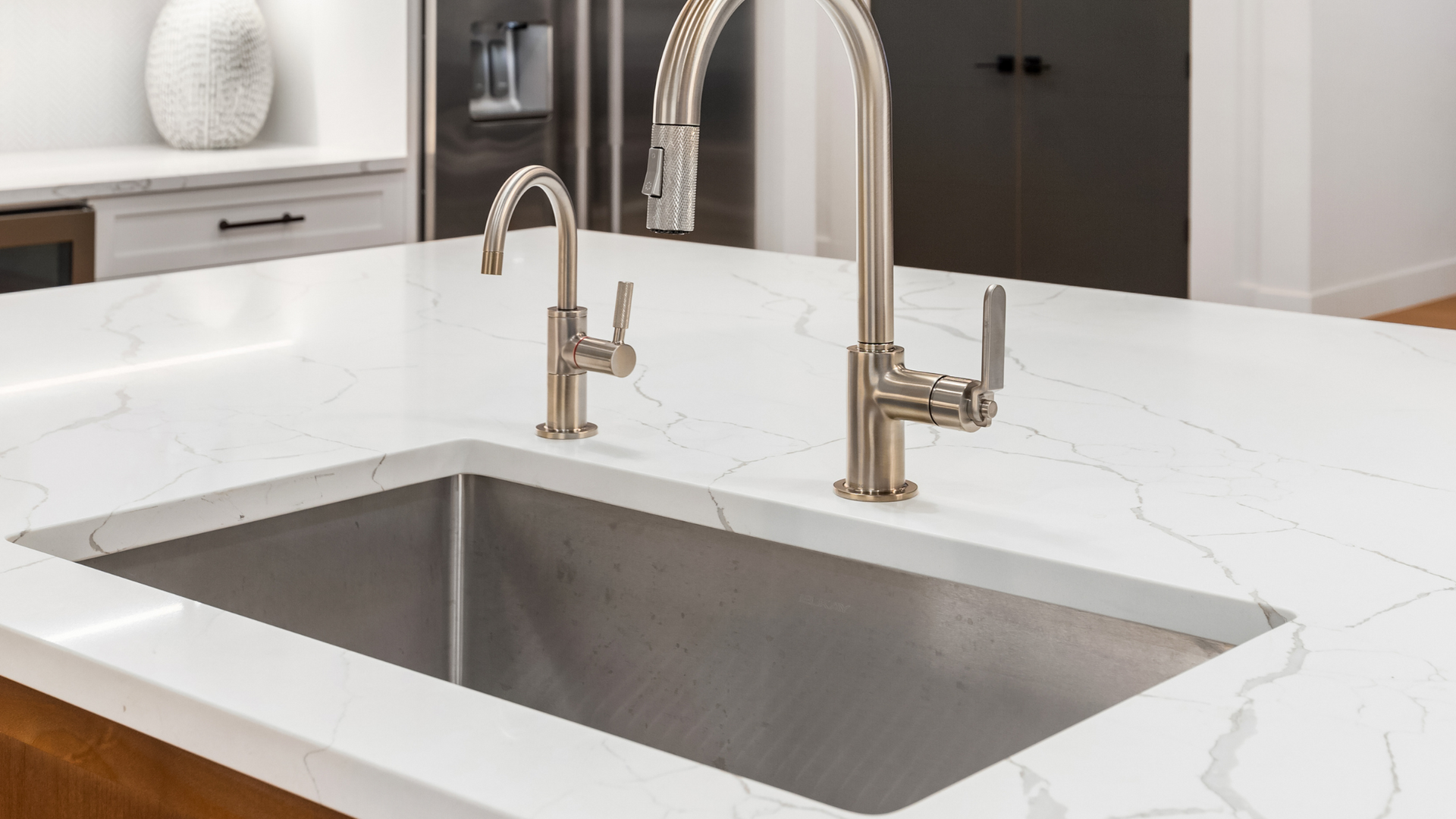

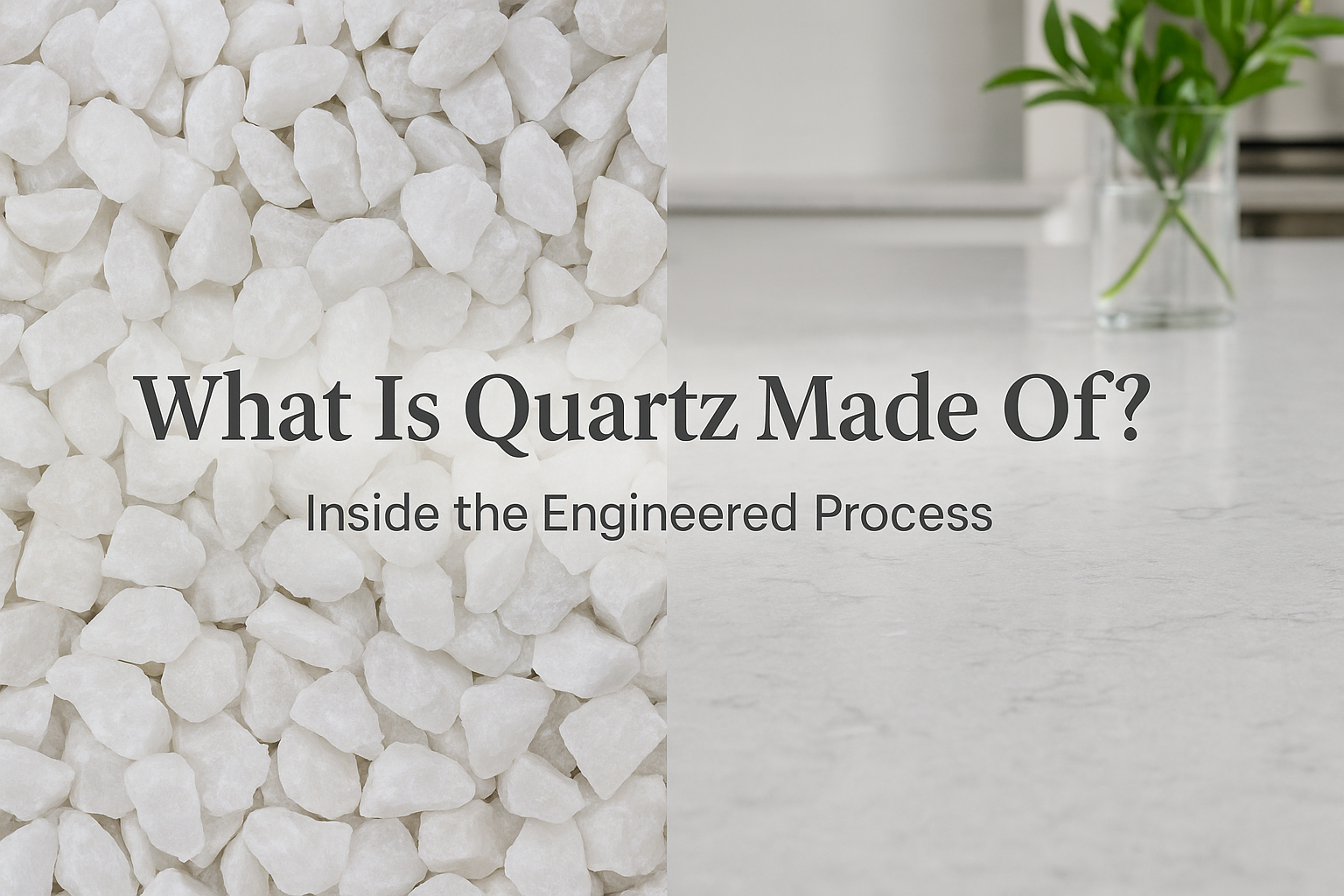
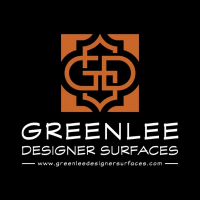
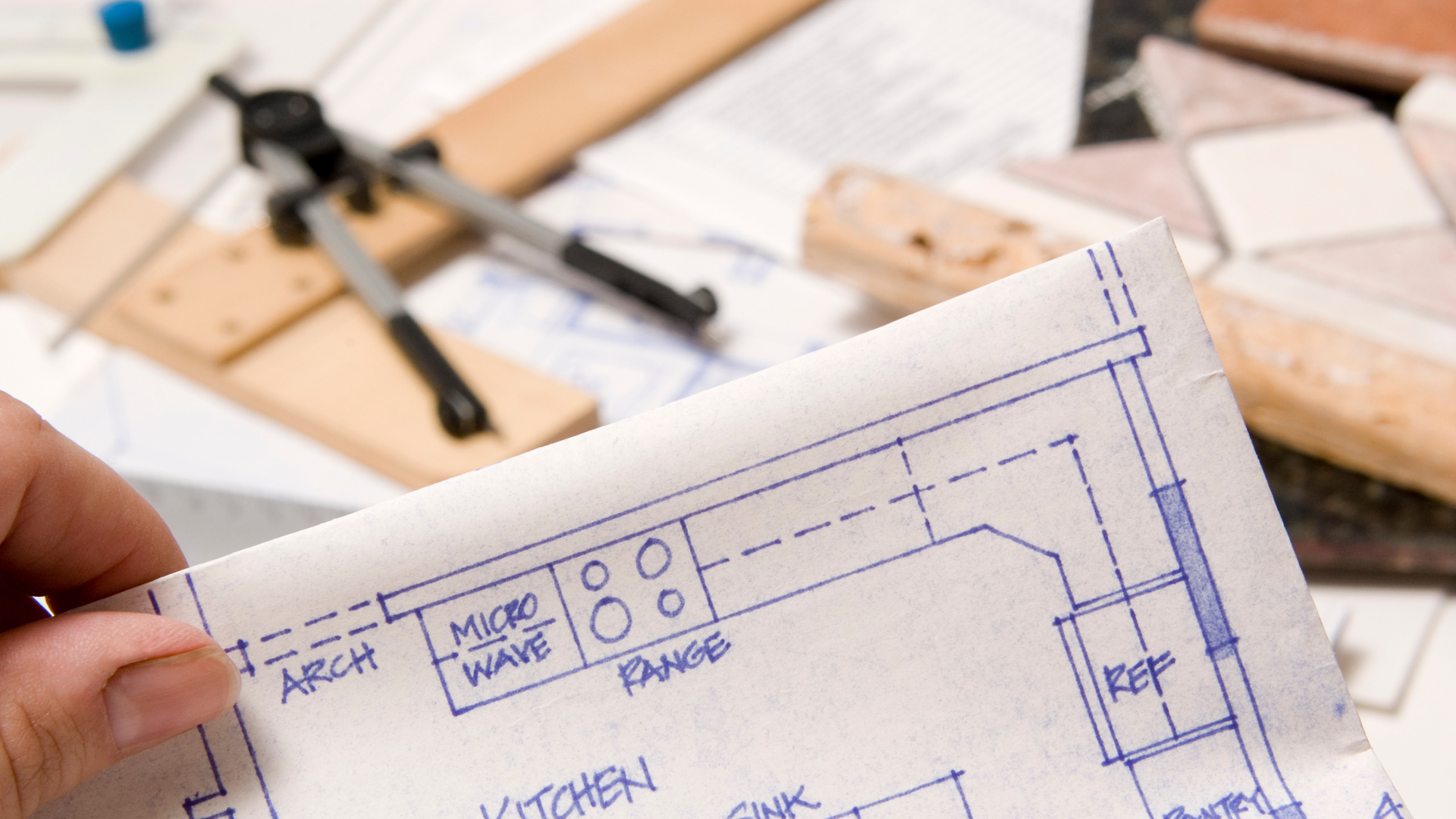
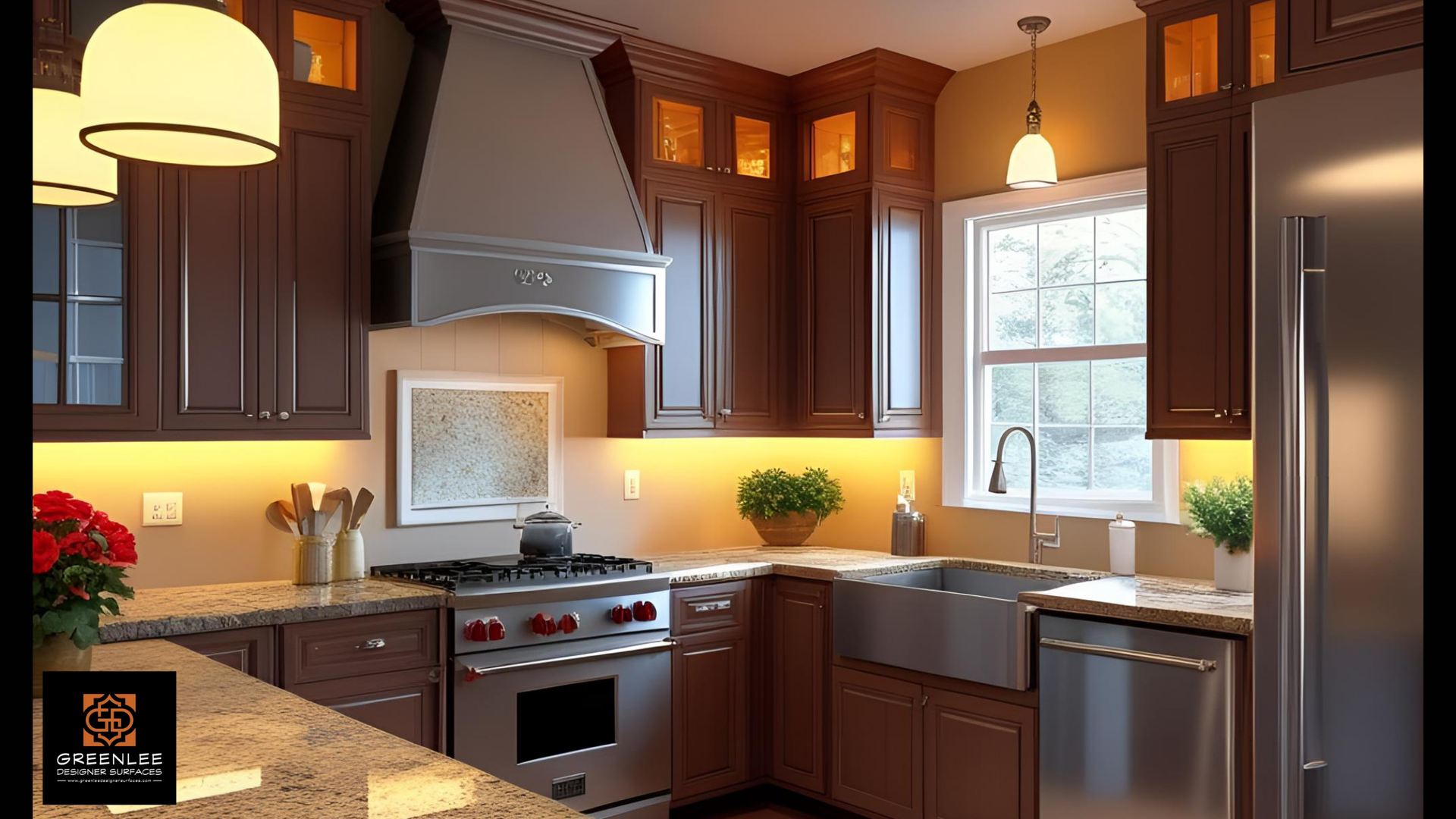
Share On: